DC conga drums are a versatile and expressive type of hand percussion instrument, integral to various musical genres, especially Latin music. Characterized by their tall, narrow, single-headed design, DC congas are typically crafted from high-quality materials such as wood or fiberglass, ensuring durability and rich, resonant sound.
are a versatile and expressive type of hand percussion instrument, integral to various musical genres, especially Latin music. Characterized by their tall, narrow, single-headed design, DC congas are typically crafted from high-quality materials such as wood or fiberglass, ensuring durability and rich, resonant sound.
The drums come in a set of three main types: the quinto (the smallest and highest-pitched), the conga (medium-sized), and the tumbadora or tumba (the largest and lowest-pitched). Each drum produces a distinctive tone and, when played together, creates a complex, polyrhythmic soundscape.
 DC conga drums are distinguished by their refined construction and superior acoustics. The drumheads, traditionally made from animal skin, have been modernized with synthetic options for greater consistency and tuning stability. Tuning lugs and rims are designed for precise adjustment, allowing drummers to fine-tune their instruments to the desired pitch and tonal quality.
DC conga drums are distinguished by their refined construction and superior acoustics. The drumheads, traditionally made from animal skin, have been modernized with synthetic options for greater consistency and tuning stability. Tuning lugs and rims are designed for precise adjustment, allowing drummers to fine-tune their instruments to the desired pitch and tonal quality.
Ergonomically designed, DC congas often feature contoured shells and hardware that facilitate comfortable playing over extended periods. These drums are used in various settings, from live performances and studio recordings to drum circles and educational environments, making them a popular choice among professional musicians and enthusiasts alike.
With their deep cultural roots and dynamic sound, DC conga drums continue to inspire and elevate the rhythmic foundation of music across the globe.

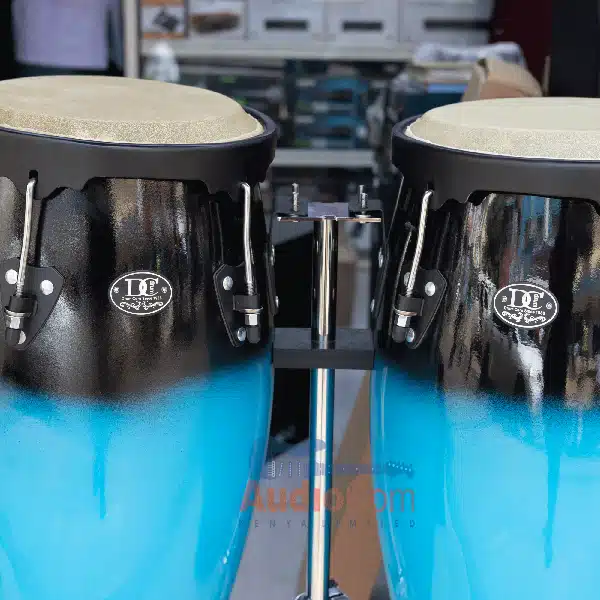
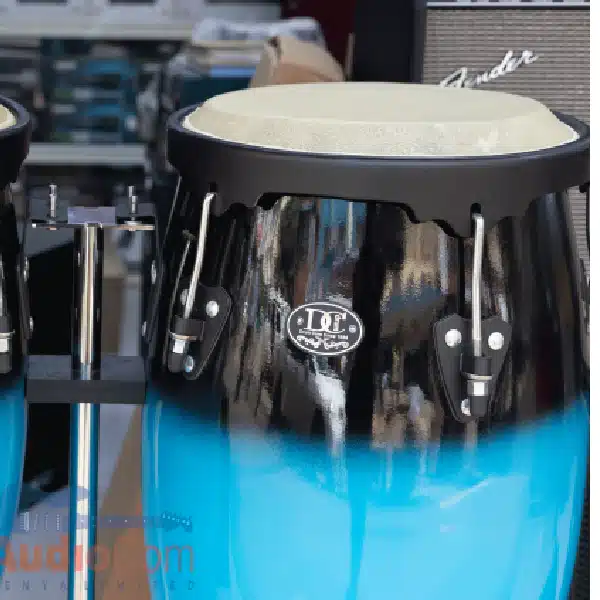
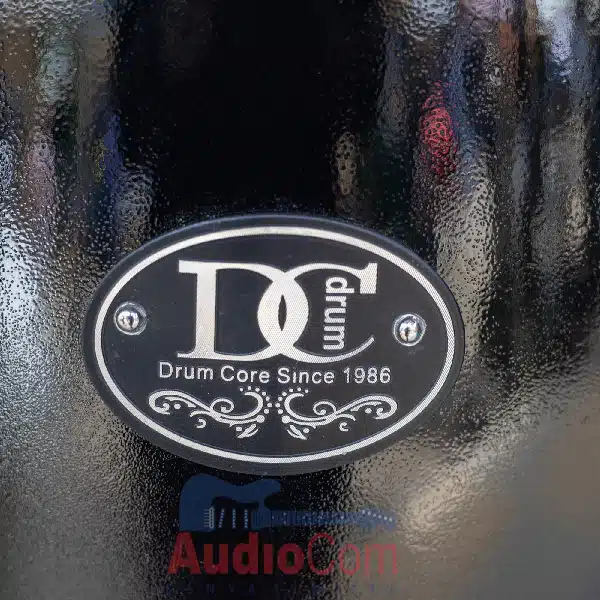
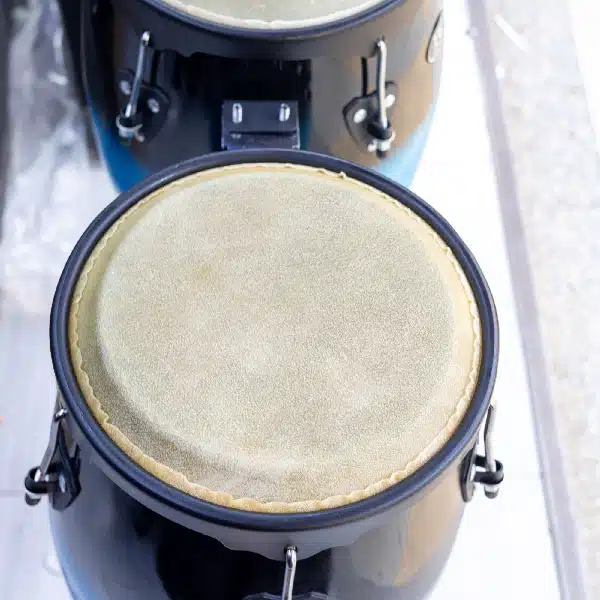

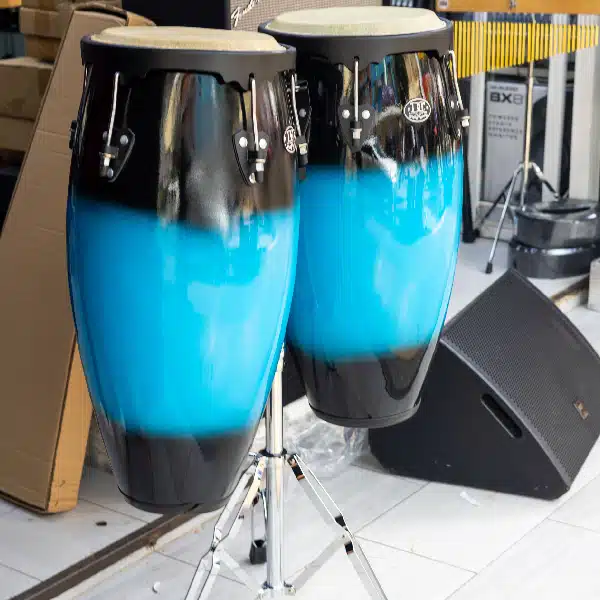
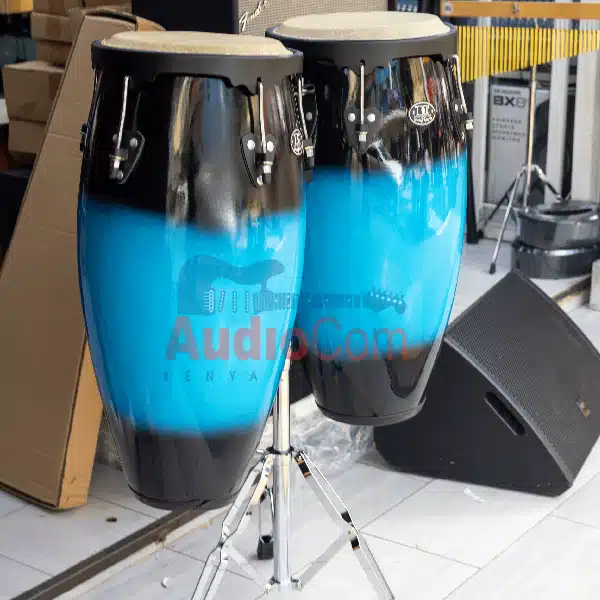
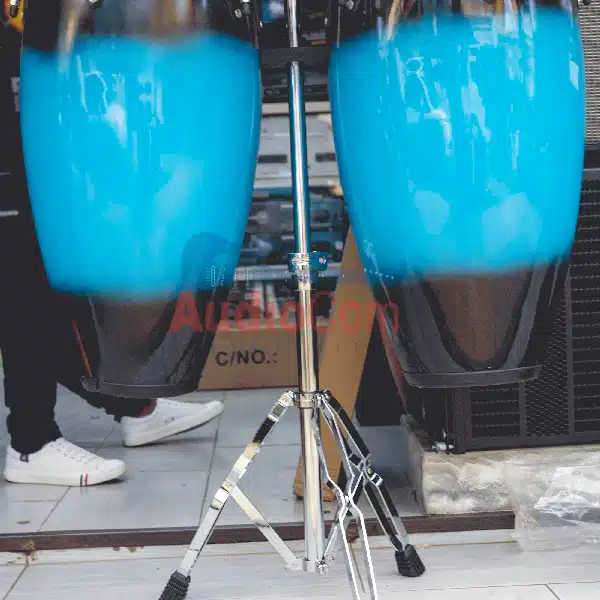
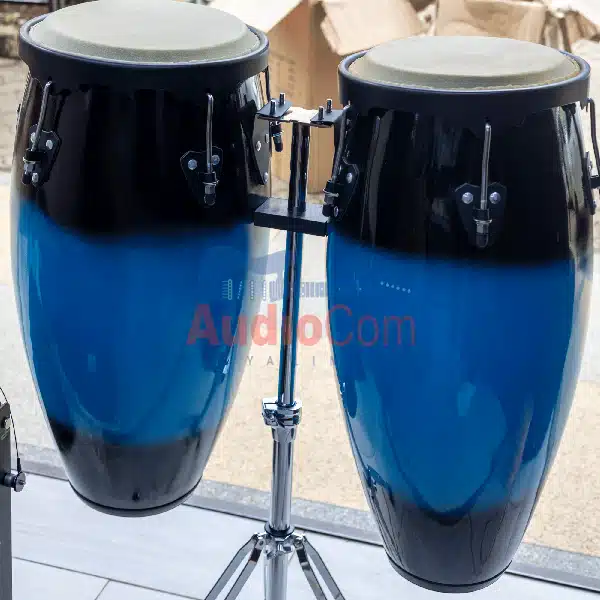
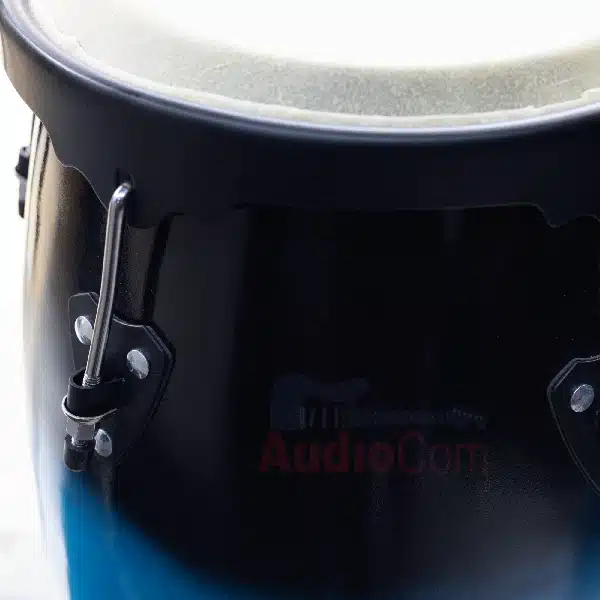
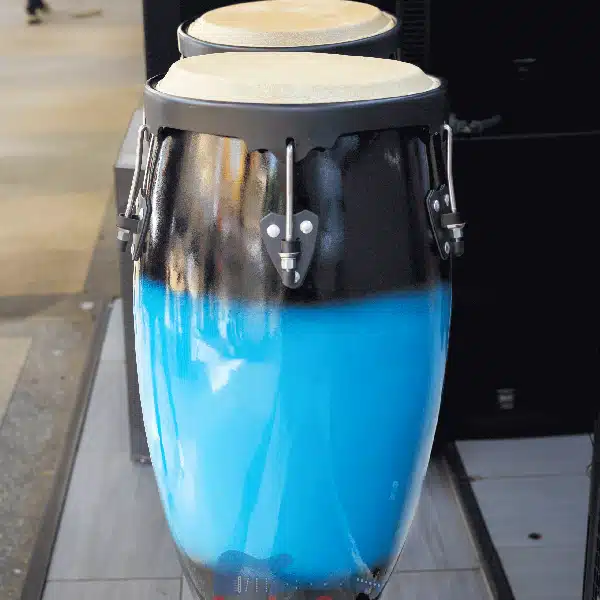
Reviews
There are no reviews yet.